Methamphetamine: Meth Lab Trends and Ingredient Control Efforts
Methamphetamine (meth) is a powerful, highly addictive stimulant drug that has limited medical uses. Today, meth can be made by anyone using easily obtainable household goods and consumer products. According to the Drug Enforcement Administration (DEA) and the Office of National Drug Control Policy (ONDCP), illicit meth used in the United States today is manufactured by Mexican drug-trafficking organizations in "super labs" located in Mexico and California, as well as by cooks in "small toxic labs" predominantly located in the central United States, from the Gulf of Mexico to the Great Lakes and from the plains to the Appalachian Mountains. These labs pose significant public safety and health risks and financial burdens to local communities and states where they are found. The toxic chemicals and solvents involved in meth manufacturing can result in fiery explosions and expose property and people, including children, to contaminates that are dangerous and costly to remove. This book provides an overview on meth lab trends and ingredient control efforts relating to methamphetamine production.
{{comment.content}}
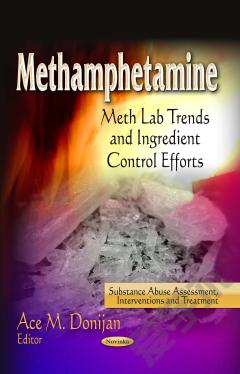
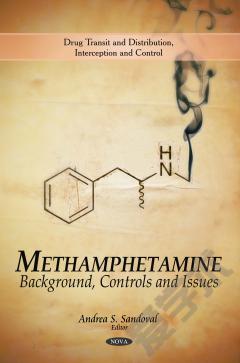


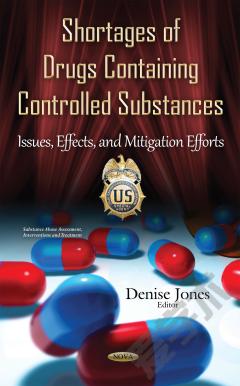
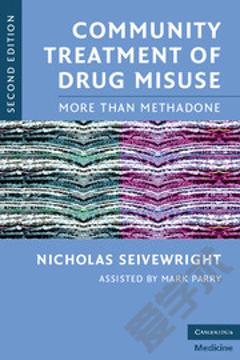
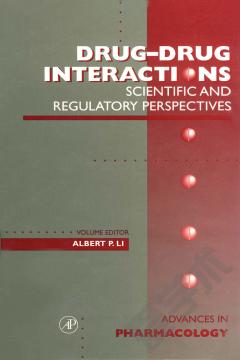

 京公网安备 11010802027623号
京公网安备 11010802027623号